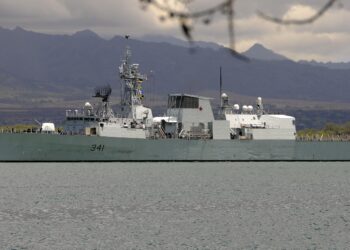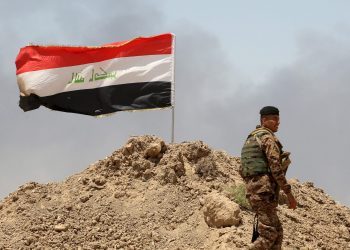ctv.ca, The chief of Canada's land forces is defending the light-armoured vehicles set to replace the country's aging fleet of tanks amid criticism the new vehicles, know as Strykers, could put “Canadian lives at risk.”
“A lot of the commentary made about the individual vehicle itself is made by people who have not really seen it, who've not been on it. I have,” Lt.-Gen. Rick Hillier told CTV's Canada AM on Thursday.
“I know that when we get this vehicle, it will be exactly the kind of vehicle our soldiers need, will set them up for success and … will reduce the risk to them.”
The Defence Department will spend about $500-million on more than 60 Strykers as replacements for Canada's Cold War era Leopard tanks.
“It's exactly the kind of vehicle and capability that our soldiers need. And I've got to tell you they've told me that every time I talk to them around the world,” Hillier said.
The Stryker is an eight-wheeled unit that can be variously equipped, similar to the LAV III being used by Canadian troops in Afghanistan. The model ordered by Ottawa is configured with a 105-mm gun.
“It will provide the army with a state-of-the-art, highly deployable direct-fire capability,” Defence Minister John McCallum said Wednesday.
But a 1998 study by the Directorate of Operational Research found that the Stryker did not maneuver well in combat situations, or stack up against more heavily armed and armoured opposition.
In its report, the directorate advised not using the vehicle to replace tanks in a battlefield gunfire capacity. In fact, the authors said it would be “morally and ethically'' wrong to substitute it for a tank.
The Alliance defence critic blasted minister McCallum on Wednesday for ignoring the report's recommendations.
“Why has the minister chosen a vehicle that will put more Canadian lives at risk?” wondered Rob Anders.
“I take my advice not from dated reports and retired generals but from the military,” responded McCallum.
Hillier, the next Canadian to lead the international force in Afghanistan, said the Stryker would be deployed as one element of an overall system not currently geared to heavy combat.
“Right now (Canadian forces) are in a variety of peace support operations, there is some fighting in some of those operations, but it is not full combat,” he said.
“(The Strykers) are exactly the kind of vehicle we need for those situations. But, they also can be used in the full intensity of warfare … used capably with the other systems we have they'll be of much greater capability then what we presently have with the Leopard tank.”
The Department of National Defence recently faced harsh criticism over the suitability of its field equipment when two Canadian soldiers died in Afghanistan earlier this month. The troops were killed when they drove over a land mine in their lightly-protected Iltis vehicle.
Describing this acquisition as “lightning fast,” the defence minister said the military should take delivery of the first of the Stryker vehicles by 2006.
“The original plan called for this replacement to happen a decade from now,” McCallum told reporters Wednesday, explaining that the purchase is being piggy-backed on a much-larger U.S. order.
“So it will come faster, it will come cheaper and it will come at less risk than it would as a standalone project.”
The Stryker is manufactured by General Dynamics Land Systems.
With a report from CTV's Joy Malbon









